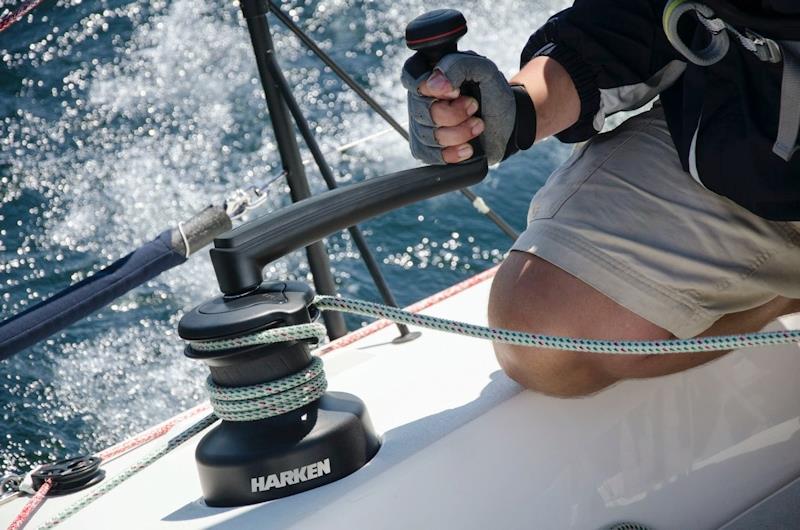
The Differences Between Harken Radial and Performa Winches
by Phil Anniss 23 Dec 2020 18:08 GMT

Harken Performa Winch © Harken
Harken have an extensive range of winches which are split into two primary ranges: Radial and Performa. In this blog we help you understand the key differences between these ranges and guide you to the right choice for you and your boat's needs.
The Radial line is loosely described as a cruising range with Performa orientated more to performance projects. Performa bridge the gap to grand prix carbon winches with an approx. 20% price premium over the equivalent Radial size. Both Radial and Performa offer a complete range of options - i.e. manual, electric, hydraulic, 1, 2 and 3 speeds.
So how do the technical specifications of an aluminium size 40, two-speed, self-tailing, Radial and Performa winch compare?
| Attribute | Radial 40.2STA | Performa 40.2STP |
|---|
| Drum Diameter (mm) | 80 | 80 |
| Height (mm) | 175 | 175 |
| Weight (kg) | 3.8 | 3.8 |
| Line Entry Height (mm) | 82 | 82 |
| Line Min (mm) | 8 | 8 |
| Line Max (mm) | 12 | 12 |
| Gear Ratio 1 | 2.13 | 2.13 |
| Gear Ratio 2 | 6.28 | 6.28 |
| Power Ratio 1 | 13.5 | 39.9 |
| Power Ratio 2 | 13.5 | 39.9 |
Hmmm... on the face of it, there is nothing between them! So, what and where are the differences between these core, Harken winch ranges?
Firstly, if you are looking for Chrome or Brass drums then these are only available in the Radial range. Similarly, electric single speed and Rewind (powered in both directions) winches are only under the Radial brand. Performa are also only sold in black aluminium and with 2+ speeds (in the electric/hydraulic ranges).
The key differences between the aluminium Performa versus Radial ranges come down to four subtle but important factors.
Sand-blasted drum finish
Like the Radial winch, the Performa drum has ribs, designed to drive the line down the drum, when easing, but the primary difference is its sand-blasted finish. This significantly increases the grip on the line which means that higher loads can be held with fewer wraps on the winch, saving race crews valuable seconds.
The downside of this increased grip, is an increase in line abrasion. The covers of modern high-tech lines are specifically designed to manage high levels of abrasion and also the heat generated under higher loads, when easing. However, standard cruising lines on a Performa winch would lead to rapid and excessive amounts of line wear.
Self-tailing jaw
One of the biggest advantages of stronger, higher performance lines is their smaller diameters. The composite self-tailing jaws on the Performa range have been made narrower than the Radial range, to ensure they securely grip smaller diameter, stiffer, high-performance lines.
Ball thrust bearings
Whilst the maximum power ratios are the same, for a given size, Performa race winches generally get pushed harder by winch grinders (with a reputation to protect!) and an additional set of Ball Thrust bearings have been added to reduce friction and wear under the highest loads.
Integrated skirt
The final subtle difference is that the Performa winches have an integrated skirt - i.e. the drum is a single piece of aluminium and covers the whole base, down to the deck. This means fewer parts and quicker, easier maintenance.
Conclusion
Therefore, the distinction is relatively clear-cut between these two Harken winch ranges. It comes down to the lines you are using for your sheets and halyards. If your ropes are double braid polyester or even performance SK78 Dyneema® core, with relatively standard covers, then the Radial winch line will be your go-to selection.
It is only when you start getting into optimising your running rigging with hi-tech, specialist, cover materials that you might consider upgrading to the Performa line. Even then you will have to weigh up the improved grip / performance with increased wear and maintenance.
You can view the Harken Radial and Performa manual winch ranges at upffront.com
If you would like to talk to us about upgrading your winches you can contact us at or by using the Winch Enquiry form.